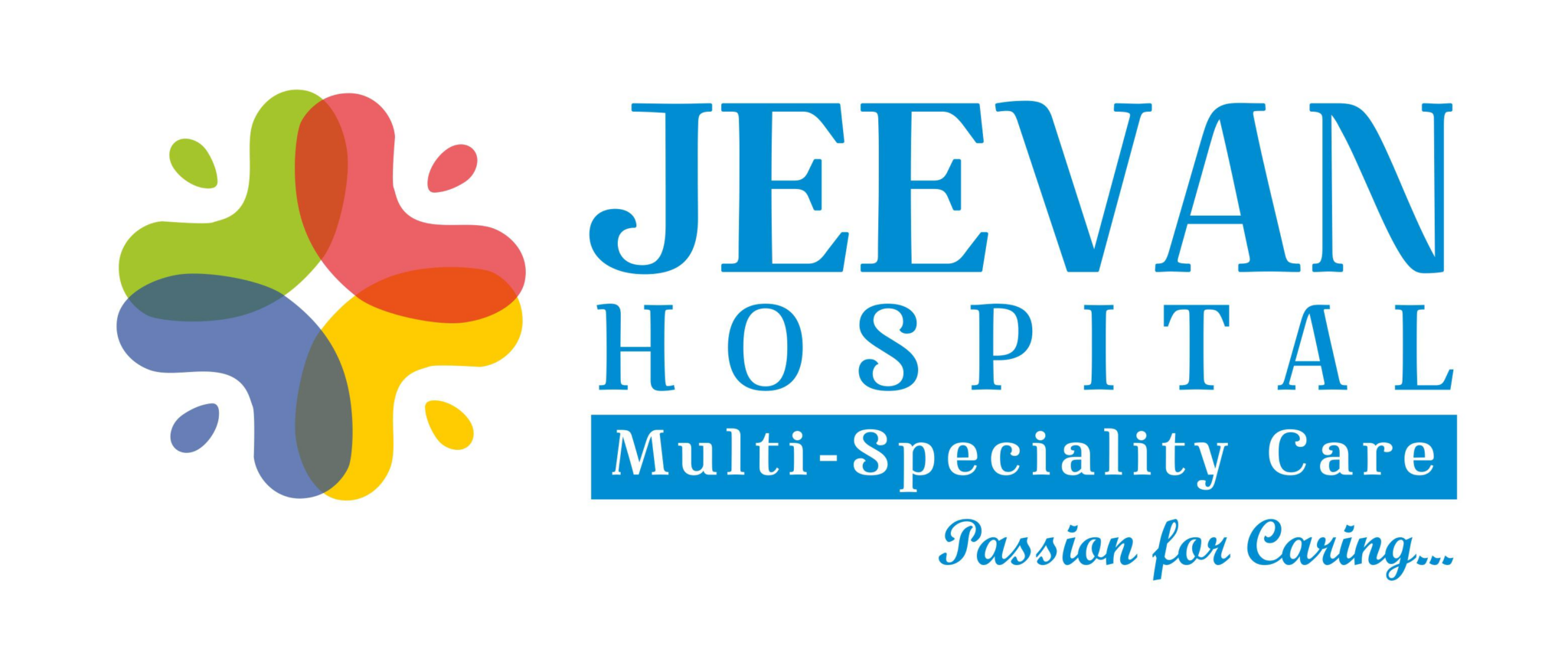Hypertension occurs when the force of blood on the walls of the arteries is consistently excessive. This puts strain on the heart and blood vessels, raising the possibility of significant health issues, including heart disease, stroke, and kidney damage. While hypertension often has no symptoms, it can silently damage vital organs over time if left untreated.
Untreated hypertension can cause severe health issues, such as:
Heart disease: Hypertension raises the risk of coronary artery disease, heart attack, and cardiac failure.
Stroke: High blood pressure can cause damage to blood arteries in the brain, raising the risk of a stroke.
Kidney damage: Hypertension can harm the blood arteries in the kidneys, resulting in kidney failure or illness.
Vision loss: High blood pressure can damage the blood vessels in the eyes, increasing the likelihood of vision difficulties and blindness.
Peripheral artery disease: Hypertension can constrict or block blood arteries in the legs, causing poor circulation and discomfort.
Diagnosis and Treatment:
Hypertension is diagnosed and treated by monitoring blood pressure with a cuff. Blood pressure is measured in two ways: systolic pressure (when the heart beats) and diastolic pressure (when the heart is at rest). Hypertension is often treated with lifestyle changes as well as medicine.
Lifestyle changes might include:
- Consuming a heart-healthy diet high in fruits, vegetables, whole grains, and lean proteins
- Limiting salt consumption.
- Participating in frequent physical exercise
- Maintaining a healthy weight.
- Limiting alcohol usage.
- Quit smoking.
Hypertension is a common yet major health issue that requires continual treatment to avoid consequences. Understanding the risk factors, symptoms, and treatment choices for hypertension allows individuals to take proactive efforts to maintain their heart health and lower the risk of related consequences.





